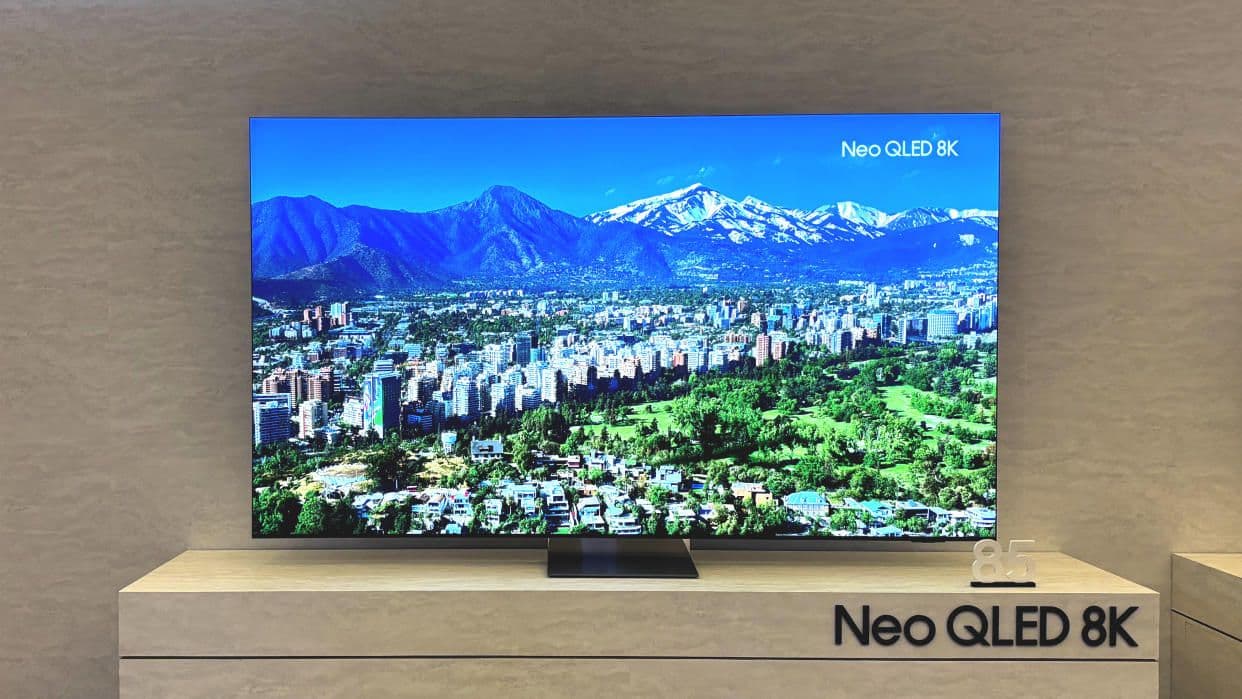
Samsung Electronics has become the first TV brand to launch a television that supports 4K resolution content at up to 240 frames per second.
The company promised it would do so when it first unveiled the 8K resolution Samsung QN900D Mini-LED TV at CES 2024 back in January, and it has now made good on that pledge with the official launch of that model.
Rtings confirmed that the QN900D can output 4K 240Hz content during a review of the TV that was posted on its website last week.
While we have seen a handful of companies, such as Vizio, launch 240Hz televisions, those models could only reach the higher frame rates at 1080p resolution. Samsung has managed to go one better, despite using the same Dual Line Gate technology.
The trick is that Samsung has done this on a TV that’s able to deliver 8K resolution, as the DLG tech works by halving the panel’s vertical resolution to reach 240Hz. So on a 4K panel, 240Hz is naturally limited to 1080p.
Another key element that enables this functionality is Samsung’s new chipset, the upgraded NQ8 AI Gen3 processor, which is unique to the QN900D in its 2024 TV lineup. Still, we can expect to see that new chip appear in more Samsung TV models next year, so there’s a very real possibility that several of them will also support 4K 240Hz as well.
Samsung explained to FlatPanelsHD that it also uses a technology called Display Stream Compression to compress 4K signals, giving it the required bandwidth to support 4K at 240Hz. What this means is that the input source device must also support DSC technology, but the good news is that consumers do have a few options here. They include the Nvidia RTX 4080 and 4090 graphics cards found on PCs, as well as Apple’s M2 Pro, M2 Max, M3 Pro and M3 Max chips.
240Hz is generally seen as advantageous for gamers, but FlatPanels HD pointed out that it can also benefit some professionals doing video editing tasks. It can also help to enance user interfaces, reducing eye strain when staring at the screen for a long time. As for gamers, Nvidia’s most powerful RTX 4090 has reportedly struggled with 4K at 240Hz in some of the most graphically demanding games, though it does the job just fine in those with less demanding graphics, such as Diablo 4.
Of course, it’s worth reminding everyone that the Samsung QN900D is a Mini-LED television that uses an LCD panel, as opposed to OLED, which is widely seen as the superior option for gaming. OLED panels have much quicker response times, and the general consensus is that they outperform LCD displays in gaming, even with a lower refresh rate. So it remains to be seen if the QN900D’s 4K at 240Hz is better than 4K at 144Hz on a high-end OLED television.